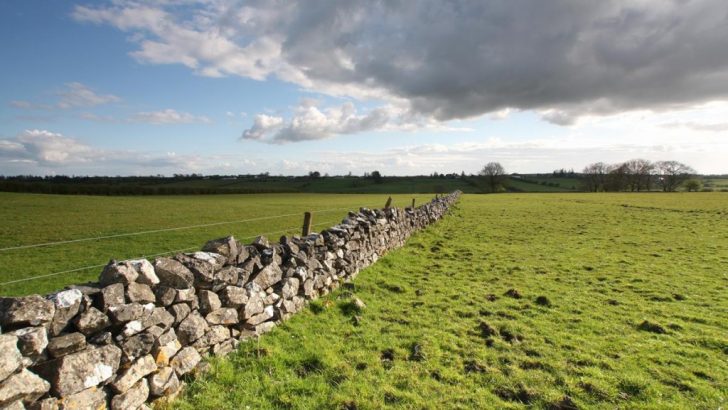Inside Rural Ireland: Power and Change since Independence,
edited by Tomás Finn & Tony Varley
(University College Press, €30.00 / £25.00)
It was a maxim in medieval times when a social problem arose to “Wait a bit: lets us ask the country folk” – “Sustine modicum: ruricolae melius hoc norunt.”
This was transformed by the poet Ezra Pound into the more succinct expression: “Wipe off that smile, and / Ask the fellows who cut the hay.”
What would past generations really have said about the clergy living their midst? To many hay makers in the past the clergy were at least alive to issues on the land in a way urban civil servants were not, as Inside Rural Ireland, at least to my reading, suggests.
This is a collection of essays on the development of rural Ireland in the twentieth and twenty-first centuries. It records the remarkable contribution to this end by a number of charismatic figures. Not least among these was Canon John Hayes of Bansha.
John Hayes (1887 – 1957) was born and raised in a Land League hut. His impoverished childhood helped shape his sense for the need for social justice and to care for the under-privileged. He attended the Jesuits Crescent College, Limerick; St Patrick’s College, Thurles; and the Irish College, Paris.
Ordination
Following his ordination for the Archdiocese of Cashel in 1913 he was assigned to the parish of Kilbeg in Co Meath. He upset the local ranchers with his preaching and came to public notice when he insisted in ending the practice of wealthier families having reserved seating in the church. He was sent to minister in Our Lady of Mount Carmel parish in Liverpool in 1915. There he exhibited initiative and leadership qualities, establishing a slew of Catholic organisations and flourishing youth clubs.
After his return from Liverpool he ministered in Castleiny in Co Tipperary from 1927 to 1934. The area was severely economically depressed and struggling to cope with the effects of the civil war. As part of his efforts to improve the social and economic environment of the parish, he established Muintir na Tire in 1931. Its aim was to build up a sense of unity between farm labourers and farmers. It extended its range of activities in 1938 with the adoption of a new Constitution which described it as “An Association for the promotion of the true welfare, spiritual, cultural and material of Ireland and in particular its rural peoples through the application of Christian Social Principles.”
Muintir na TÃ-re carried out its programs by organising public meetings, seminars, rural weekends and an annual Rural Week. As a result of the efforts of its most active members, many communities were enhanced by new parish halls, a local job creation centre, water schemes, sports days and adult education classes. But their most important contribution was to bring to the communities a positive can-do attitude.
Canon John Hayes was not the only priest to have had a remarkable role in rural development. Msgr James Horan (1911-1986), native of Co Mayo and priest of the archdiocese of Tuam, was also outstanding in this regard. After a period of ministering in Scotland, he was appointed to a number of parishes in his own diocese, where he embarked on projects, including the erection of parish halls, to improve the social circumstances of each locality.
In 1963 he was transferred to Knock, the site of a Marian Shrine. Throughout the 1970s, with the assistance of Mayo County Council, he transformed the area and had a beautiful Basilica built. Then he went on to have an airport built in one of the most deprived areas in the country, this provided a western access point not only for pilgrims but also foreign tourists.
Fr Harry Bohan, priest of the diocese of Killlaloe and a native of County Clare, has been a campaigner for rural development across his native county from the beginning of his ministry. Wherever he served he set up the Rural Resource Centre which provides access to knowledge and useful networks for those working on the land. He established the Ceifin Centre in 1998 to reflect, debate and direct value-led change and to this end organises an annual conference.
Important
This is an important publication. It has eleven articles on every aspect of rural development by distinguished academics and scholars. Each article provides expert analysis and prompts serious reflection. Hence, it is with regret that it must be pointed out that the print is too small for reading comfort, the book lacks an index (a strange lapse in a book from an academic press), and the cover illustration could not be more unsuitable.


